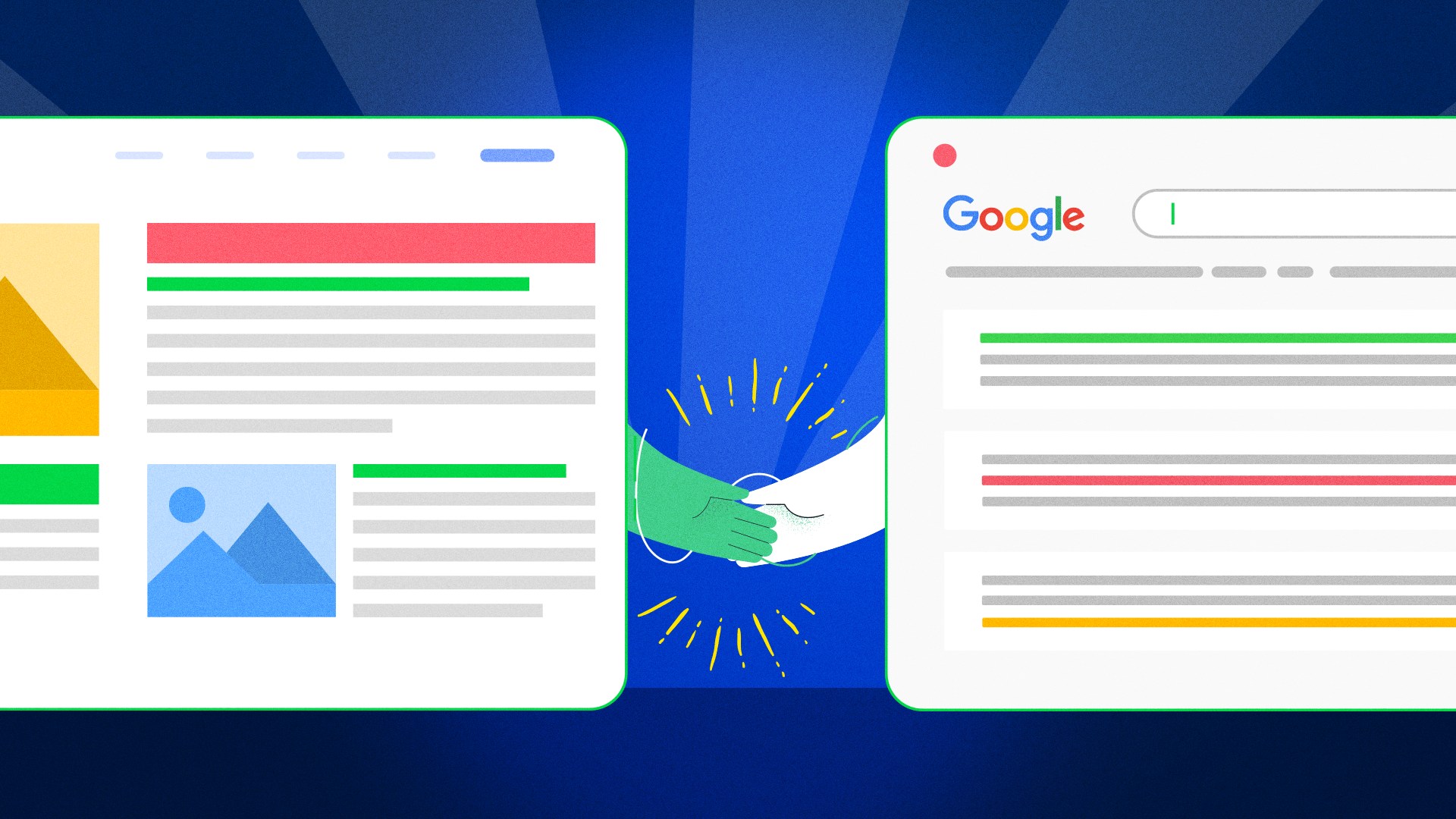What is Google Indexing?
Google indexing refers to the process in which Google crawls your website and stores your web pages in its database, making them available in search engine results. Once a page is indexed, users can potentially find it when they perform a search on Google.
Why Does Google Indexing Matter?
Think of check google index status listed in a giant digital library. If your page isn’t indexed, it’s like a book that’s written but never placed on a shelf – no one will find it! Proper indexing is necessary for your website to gain organic traffic and improve SEO rankings.
Methods to Check Google Index Status
There are several easy methods to check whether your website or a specific page is indexed by Google.
Using the ‘site:’ Operator
One of the simplest ways to check whether Google has indexed your site is to use the site: operator directly in the Google search bar.
Steps:
- Open Google’s search engine.
- In the search bar, type
site:yourdomain.com(replace ‘yourdomain.com’ with your actual domain name). - Press Enter.
If your website is indexed, Google will display a list of all indexed pages from your domain. If no results show up, then it means Google has not indexed your website yet.
Example:
- Searching
site:example.comwill list all indexed pages on example.com.
Google Search Console
Google Search Console (GSC) is a fantastic tool for webmasters. It offers detailed reports on which of your pages are indexed, highlights issues preventing indexing, and more.
Steps:
- Log in to Google Search Console.
- From the left-hand menu, click on “Coverage”.
- Review the “Valid” section to see which pages have been successfully indexed.
You’ll also find any pages with errors or warnings that are preventing them from being indexed.
Pro Tip:
If you haven’t set up Google Search Console yet, you’ll need to add and verify your site. Google offers a straightforward verification process, usually involving adding a small HTML file to your website.
URL Inspection Tool
Google Search Console also provides the URL Inspection Tool to check the index status of specific pages. This is especially useful when you want to know whether a particular page (like a new blog post) has been indexed.
Steps:
- In Google Search Console, locate “URL Inspection” in the menu on the left.
- Enter the URL of the page you want to check.
- Hit Enter.
Google will display whether the page is indexed or not. If it isn’t, you can click on “Request Indexing” to ask Google to crawl and index it.
Checking Indexed Pages with Google Analytics
If you have Google Analytics installed on your website, you can also check indexed pages by observing traffic from organic search.
Steps:
- Log into Google Analytics.
- Navigate to Acquisition > Overview.
- Click on Organic Search under traffic channels.
From here, you’ll be able to see which pages receive organic traffic. If certain pages don’t show up in this report, it’s possible they’re not indexed.
Troubleshooting: Pages Not Indexed
If you discover that some or all of your pages aren’t indexed, don’t panic! There are a few common reasons this could happen and steps you can take to resolve it.
Common Reasons for Non-Indexed Pages
- Noindex tag: Check if you accidentally added a “noindex” tag to your page’s meta tags.
- Duplicate content: Google may skip indexing duplicate or thin content.
- Crawling errors: You can find these in Google Search Console under Coverage. Errors like 404 or server errors prevent Google from crawling your pages.
- Blocked by robots.txt: Make sure that your robots.txt file isn’t disallowing Google’s bots from crawling specific parts of your site.
- Lack of internal/external links: Pages with few internal links may not get indexed because Google can’t discover them.
FAQs
How long does it take for a page to be indexed?
It can take anywhere from a few hours to a few weeks. Google doesn’t index every page instantly, and the process depends on various factors such as the page’s importance, quality, and backlink profile.
Can I manually request Google to index a page?
Yes, you can use the URL Inspection Tool in Google Search Console to manually request Google to index a page.
What does it mean if my page is crawled but not indexed?
Crawling means Google has found your page, but it hasn’t added it to the index yet. This can happen if Google thinks the page is not valuable enough or contains duplicate content.
How often does Google update its index?
Google is constantly updating its index. New information is added, and outdated information is removed regularly. However, the frequency of updates to specific pages depends on their quality and relevance.
Does submitting a sitemap help with indexing?
Absolutely! Submitting a sitemap through Google Search Console helps Google better understand the structure of your website and locate all your important pages.
Conclusion
Checking your Google index status is essential for ensuring that your website is discoverable by search engines and users alike. Whether you use Google Search Console, the URL Inspection Tool, or the site: operator, staying on top of indexing status can help improve your site’s SEO performance. Be proactive by submitting your sitemap, fixing crawling errors, and requesting indexing for new pages. With this guide, you should be able to keep your website on the right track for optimal search visibility.

Leave a Reply